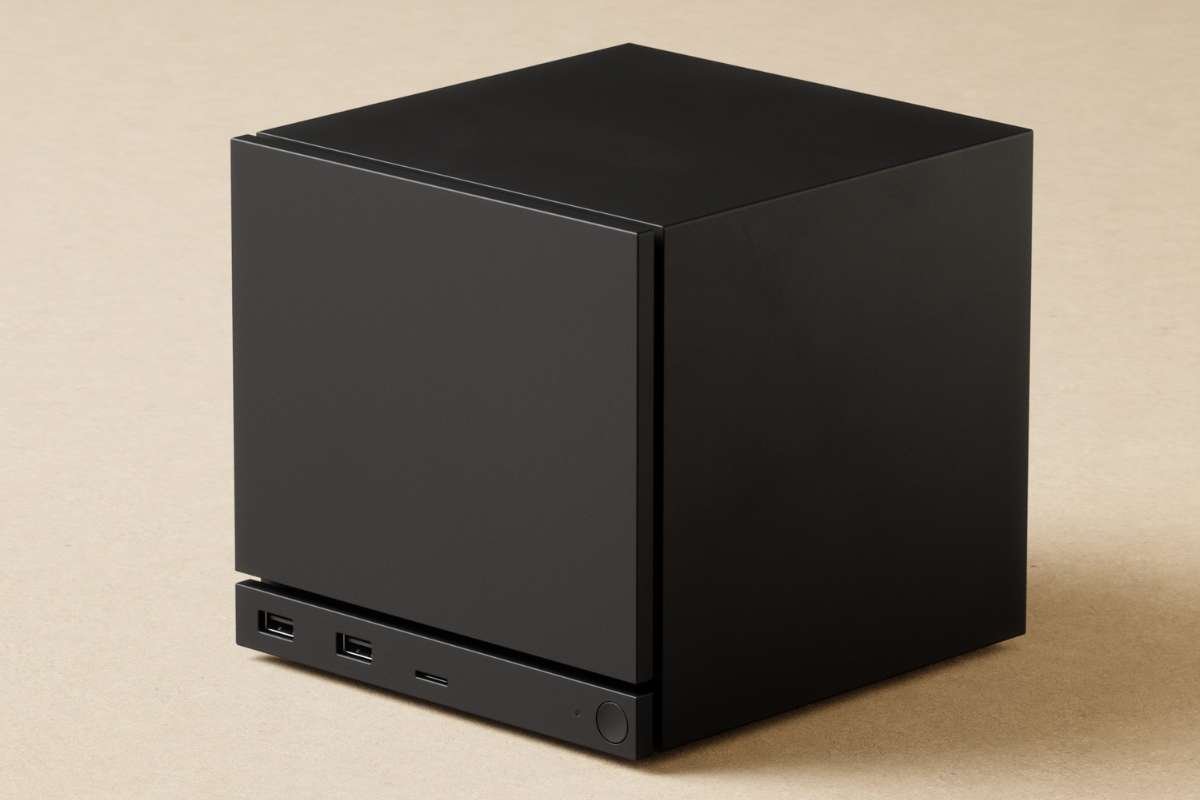Key Points:
- OpenAI launches the Sora app, enabling AI-generated short videos in a personalized feed.
- The Sora 2 model adds realism with physics-based scenes.
- Positioned as a TikTok rival, it blends generative AI with social features like “Cameos.”
OpenAI has officially entered the short-form video arena with the OpenAI launch Sora app, alongside the debut of its advanced Sora 2 multimedia model. The move signals the company’s push to merge generative AI capabilities with social media, offering users a novel way to create and share AI-generated videos. The app, currently invite-only, is initially available to select users, with broader access planned in the near future.
With the OpenAI launch Sora app, users can generate short videos using AI and share them in a feed powered by personalized algorithms. Early demonstrations highlight scenes like volleyball matches, skateboarding stunts, and diving board jumps, showcasing a new level of realism and adherence to physical laws compared with previous AI video models. Unlike earlier iterations that sometimes produced visually impossible results, Sora 2 is designed to generate scenes that respect real-world physics, enhancing viewer immersion and credibility.
Innovative Features and User Controls
A standout feature of the OpenAI launch Sora app is “Cameos,” which lets users insert their own likeness and voice into AI-generated videos. Users record a short video and audio clip to enable the app to accurately replicate their image, after which friends can also include them in multi-person AI videos. This feature is positioned as central to the Sora experience, emphasising personal creativity and social interaction through AI content.
The app’s algorithm curates content based on engagement patterns, location, prior interactions, and optionally, users’ histories from other OpenAI services. Parental controls are integrated for minors, allowing parents to limit infinite scrolling, adjust algorithmic recommendations, and manage direct messaging access. While the app is free to use, OpenAI has indicated that during periods of high demand, additional video generation capacity may be monetised, reflecting a cautious approach to revenue generation.
Challenges Ahead and Future Outlook
Despite its innovative features, OpenAI faces several challenges in the rollout of a generative AI-based social platform. Misuse of AI-generated content, especially involving user likenesses, remains a concern, highlighting the importance of safeguards against non-consensual or manipulated media. OpenAI has implemented controls, but widespread adoption will test their effectiveness.
The initial rollout of the OpenAI launch Sora app covers the United States and Canada, with plans for international expansion. By integrating advanced AI directly into a social media platform, OpenAI aims to demonstrate the potential of Sora 2 while positioning Sora as a credible alternative to TikTok, Instagram Reels, and other short-form video services. The coming months will be critical in determining how users, regulators, and the broader industry respond to AI-generated content on social platforms, balancing innovation with safety and ethical considerations.


















